How To Find Relics? Relic hunting 2023
How To Find Relics?
Relic hunting is about metal detecting all kinds of mostly iron artifacts and relics that may have a high historical, archaeological, collectible or even decorative practical value; Colonial iron door hinges exemplifying the latter. Non-metallic relic finds, which get unearthed as the “by-products” during the process of target recovery and range from Neolithic axe heads to the 18th century clay pipes (mostly incomplete), are also highly sought by relic hunters.
Relic hunting is very popular around the world and consists of many subcategories such as “Bronze Age”, “Medieval Period”, “Medieval Animal Style”, “Early American Iron”, “US Revolutionary War”, “US War of 1812”, “US Civil War”, “World War I” and “World War II” just to name the major ones.
Each of these categories deserves its own web site for a full presentation, and there are many web sites dedicated to metal detecting relics on the internet. Nevertheless I included general information on the WW2 military relic hunting on the following pages because this activity has become very popular in Europe.
In its essence, relic hunting is more effort- and time-consuming than just general metal detecting because relic hunting usually takes place in the remote areas located in dense woods, swamps, mountains or abandoned fields overgrown with vegetation. Various types of relic hunting sites may range from the sites of ancient settlements to the sites of the WW2 battlefields and front lines.
If IRON Relic Hunting is your “cup of tea”, you should know how to clean and preserve iron relics and artifacts. The best method for cleaning rust off the iron relics is Electrolysis, and you can learn all about it in my tutorial – Removing Rust from Iron Artifacts with Electrolysis – the most detailed and illustrated 150-picture tutorial on the web!
Detecting the woods
Start your relic hunting in your local woods. Now that it’s Spring surely you have noticed areas that would seem promising. You might be spotting old stone walls or foundations as you drive by them. Make a note of these spots so you don’t forget. When you get a chance to go back to these old foundations, look for deep impressions in the ground that may have been dug for a bottle dump or cellar hole.
If you find a path in the woods, your best bet would be to check it, because most paths are not new, and have been walked on for centuries. Most paths were eventually made into roads . Searching near the road may be a good idea, because people walked along the road years ago. Keep a lookout for overgrown paths, and old wagon roads. These usually have stones imbedded in them so that the wagons wouldn’t sink in the mud.
Riverbank hunting
We seem to have the best luck at this type of detecting. Waterways were the first form of traveling, so be sure to check around old marinas, and especially old ferry launches. The old timers in your area may be of some help giving you locations of their old fishing spots. Old swimming holes are good, because when it’s really hot people shed the clothes, and jump right in .
A man in New York asked us to find a gold cross and chain that fell out of his pocket as he was undressing near such a swimming hole in the 1930’s.
If you see pieces of broken pottery or glassware you can almost bet it’s a good spot. Remember the colonists had to wash their clothes in the rivers, and creeks. We have found losts of old buttons. Check around old bridges and train stops, you may be lucky and find an old token.
Field location There are a lot of old farm fields around, the main thing with these, is getting permission. But usually, depending on the time of year, farmers are pretty lenient and don’t mind. Fields are great right after a hard rainfall. You may even spot some Indian artifacts.
Do some studying on the locations of old cotton or tobacco fields. If you hit upon a coin, check that area real good, because you may have stumbled across a hidden treasure cache, and it has been known to happen. Most fields were used as encampments during certain wars. So be sure you aren’t breaking any laws by detecting known battlefields.
What You Can Expect to Find
It’s always an adventure hunting old mining camps; you just never know what might be buried under the ground! You are likely to find a lot of mining tools and rubbish… things like nails, metal straps, shovel heads, etc. are all common in old mining camps. The old miners still used money in these camps, so there are plenty of old coins that you can find too!
Relics might include buttons, snuff tins, old bullets, belt buckles, etc. Some people have even found old revolvers that were lost over 100 years ago.
And remember, there is always a chance that a miner might drop one of their gold nuggets! The old mining towns were often built right on top of rich gold bearing ground, so don’t walk past a target if it might be a gold nugget, they are still out there being found.
A lot of relic hunting consists of searching in remote areas. These include, but are not limited to, dense woods, mountains, abandoned fields, swamps, ancient settlements, and battlefields. Each will produce its own type of relics, so be sure you know what type of relics you are looking for. You don’t want to dig up an axe head, think its worthless, and find out later it was a piece of medieval or WWI equipment.
River hunting can be different than traditional land hunting, but most civilizations settled near waterways. There is a good chance you will find relics near or even in rivers and streams. Be aware that relics in waterways can often be buried deeper, as the river is a constantly moving and changing environment.
Make sure that your metal detector has a waterproof coil. You don’t need a fully submersible model unless the water is very deep, just make sure you don’t drop it in the water!
These areas once had water running through them or are natural washes for flash floods in the desert. People followed rivers and creeks to get from point A to point B. Anywhere people followed the water has a chance of being home to relics.
Many battlefields are off limits as they are now national parks or cemeteries, you may not be able to detect on some of them. Ask for permission to hunt land adjoining the battlefield, where the battle may have spilled over. Research where in the area camps were located, or where battle staging areas were.
Because a lot of relics are found in remote places, it is always advisable to bring along a GPS device, a paper map, and your cell phone. Keep in mind, electronic devices can cause electromagnetic interference with metal detectors, so you may want to keep them turned off unless you need them. Keeping a paper map with you and mapping out your route will keep you on the right path in the event your GPS device or cell phone battery dies.
Always walk your metal detecting site before you begin. Take note of the surface soils, looking for indicators of past activities. Keep an eye out of pottery fragments, glass, foundation stones, chimneys, brick fragments, and paths.
It is always a good idea to keep a log of your finds. Document what the item is, where it was found, and when it was found. This will give you a good idea of areas you have already searched and could potentially start to form patterns, so you know the best place to search next.
Turn your discrimination down as low as you can stand. While not everyone is looking for iron relics, a higher discrimination could mask a good target sitting too near a ferrous target.
As with any metal detecting trip, you should always be as safe as possible. Remain aware of your surroundings, and don’t get so wrapped up in your detecting that you block out everything else.
If you are in a remote or very rural area, you should keep an eye out for wildlife or livestock. We ended up with cows on one side of our camp, and bears across the river on the other side last time we detected . So, remain aware and keep an eye out for wildlife.
There is no doubt you will find targets in most areas. The hardest part is staying motivated and positive when all you seem to be finding is junk. I was near giving up on my last metal detecting trip due to the high amount of trash in the area. But I kept at it and ended up finding a couple pieces of native silver! Keep going. Mixed in with all that trash are truly wonderful targets.
This is always one of the most important tips. If you aren’t having fun, you won’t want to keep doing it. Metal detecting requires patience and perseverance. If it were easy, everyone would do it, right? So, keep at it, have fun, stay positive, and find those relics!

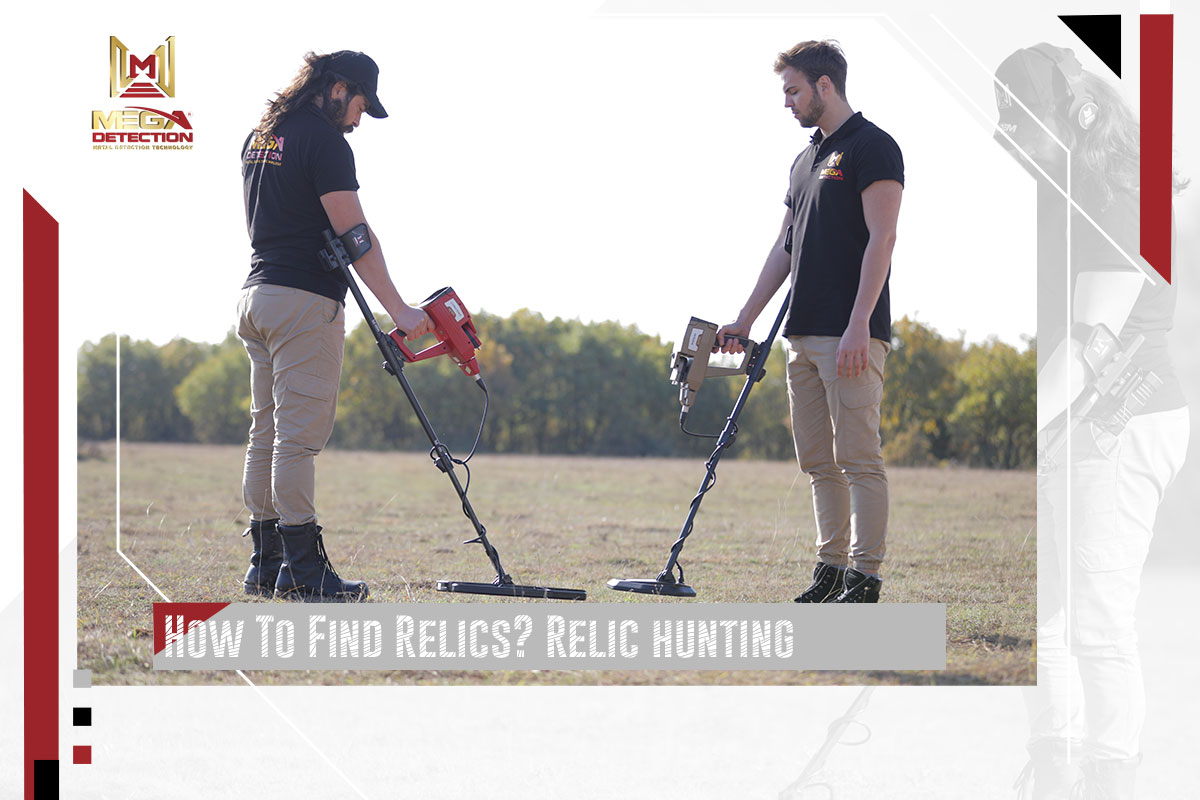
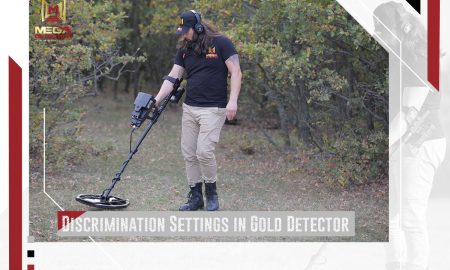
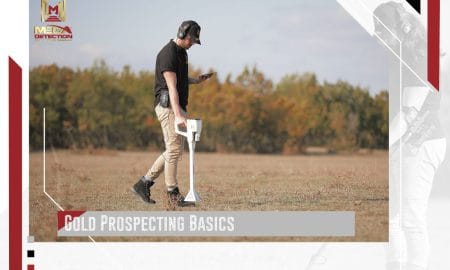
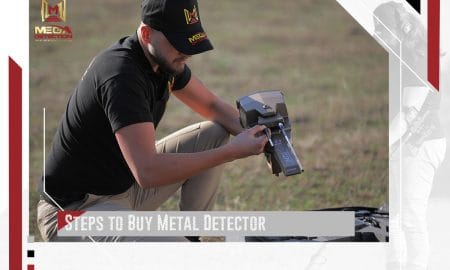
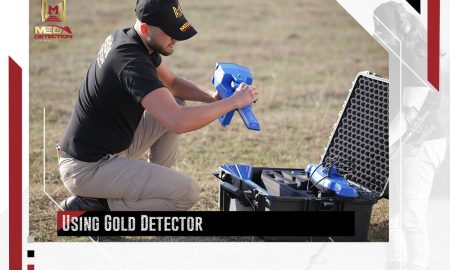
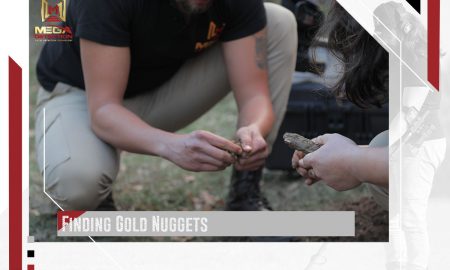


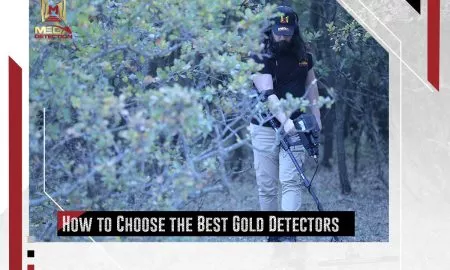
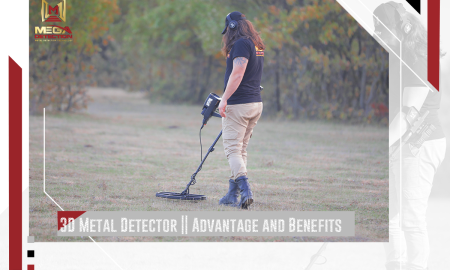

Leave a Reply